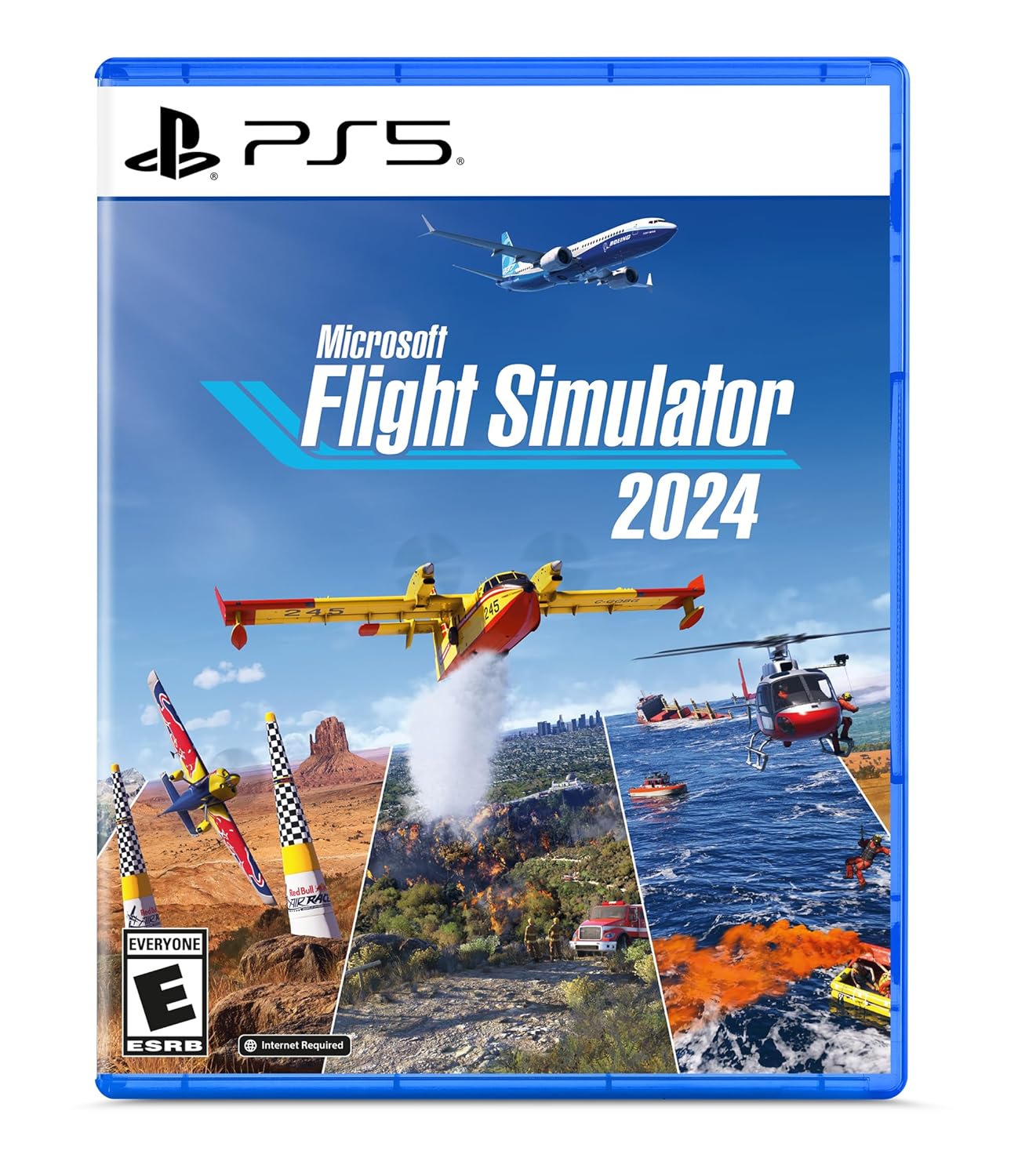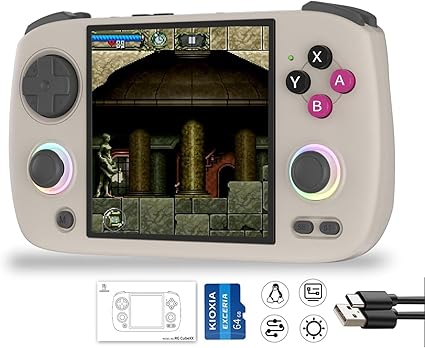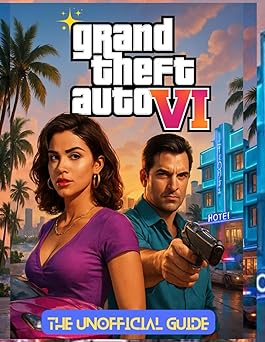
Microsoft Flight Simulator 2024 arrives on PlayStation 5 with the ambition of bringing one of the most technically impressive and content-rich flight simulations to Sony’s console family. It promises the globe-spanning visuals, real-world weather, live traffic, and deep aircraft systems that made the franchise a benchmark for realism, now refined for console performance and DualSense controller integration. This review looks at how well the PlayStation 5 Standard Edition delivers in terms of graphics, realism, flight handling, accessibility, and overall value.
First Impressions and Presentation
From the moment you launch Microsoft Flight Simulator 2024 on the PS5, you can tell this is not a typical console game. The world is stunningly realized, with detailed landscapes, realistic lighting, and handcrafted airports that bring major cities and regions to life. The global streaming system allows you to explore anywhere on Earth, and the improved cloud rendering and lighting system make flights at sunrise or sunset breathtaking. The Standard Edition includes a generous range of aircraft and handcrafted airports, offering plenty of options to explore right from the start.
Aircraft, Systems, and Activities
This edition features a variety of aircraft ranging from light trainers to large commercial jets. The cockpit details, avionics, and sound design are all deeply immersive. Each aircraft handles differently, with flight models that closely mimic real-world aerodynamics. One of the major additions in 2024 is the new activities system that gives purpose to your flights. You can take on missions such as firefighting, cargo delivery, search and rescue, and air ambulance operations. These new mission types add a sense of direction and variety, making the experience more than just flying from one airport to another.
Controls and DualSense Integration
The PS5 version takes full advantage of the DualSense controller. The adaptive triggers simulate control pressures during takeoff, landing, and engine operation, while haptic feedback mirrors turbulence and gear movement. The built-in speaker adds a subtle layer of immersion, letting you hear air traffic control chatter or cockpit sounds more directly. For casual players, the controller setup is surprisingly functional and user-friendly, though serious flight sim enthusiasts will still prefer dedicated yokes, rudder pedals, and throttle quadrants.
Performance and Stability
Performance is always a critical part of large-scale simulators, and the PS5 version holds up well. The fast SSD ensures that large world data streams efficiently, reducing pop-in and texture delays. The game runs smoothly at a stable frame rate most of the time, though some minor stuttering can appear when loading dense urban areas or complex weather systems. The overall visual presentation remains spectacular, with accurate reflections, realistic clouds, and vibrant landscapes that make long flights an absolute joy.
Weather, World Simulation, and Realism
Microsoft Flight Simulator 2024 continues the series tradition of simulating live weather and global conditions in remarkable detail. Real-time temperature, wind, and visibility updates ensure that no two flights feel the same. The improved atmospheric modeling creates dynamic skies, turbulence, and realistic cloud layers that impact how each aircraft behaves. Live traffic and ground activity bring the world to life, making busy airports feel truly alive as AI-controlled planes taxi, take off, and land around you.
Training and Accessibility
For newcomers, the game includes comprehensive tutorials that cover everything from basic controls to advanced flight maneuvers. Discovery Flights allow players to experience famous landmarks and cities without worrying about navigation or complex systems. Assistance options can simplify controls, making the game accessible to both casual players and those looking to learn real aviation procedures.
Third-Party Add-Ons and Content Expansion
Microsoft Flight Simulator has always thrived on third-party content, and while console players won’t have the full freedom of PC modding, the PlayStation 5 marketplace includes a curated selection of aircraft, airports, and scenery enhancements. The developers plan ongoing updates to expand available content and improve realism even further. Additional editions like Deluxe and Premium Deluxe add more aircraft and handcrafted airports for players who want to expand their hangar.
Audio and Immersion
The sound design is a highlight. Every engine, cockpit switch, and environmental sound contributes to immersion. The combination of surround audio and DualSense integration makes you feel connected to the plane and the world. Flying through a storm with thunder rumbling and rain hitting the windshield is an unforgettable experience.
Technical Issues and Support
As with any large-scale simulator, launch periods can bring performance hiccups and server issues. However, Microsoft and Asobo Studio have consistently released updates to stabilize performance and refine features. The PS5 version benefits from lessons learned from earlier releases, and future updates, including potential VR support, are already planned.
Price and Value
The Standard Edition is priced competitively and includes a wide range of aircraft and airports, making it an excellent entry point for console pilots. While advanced users may later choose to upgrade to higher editions, the base package offers hundreds of hours of exploration and training. It’s both a technical showpiece and a deep simulator that can grow with your skill level.
Final Verdict
Microsoft Flight Simulator 2024 – Standard Edition for PlayStation 5 is a remarkable achievement. It brings the full power of a next-generation flight simulator to console players without compromising too much of what makes the series special. The world is vast, beautiful, and alive, the aircraft feel authentic, and the DualSense controller adds a new layer of connection to flying.
Pros:
-
Stunning global visuals and realistic weather simulation
-
Deep aircraft modeling and flight physics
-
Excellent DualSense features and performance optimization
-
Strong value with plenty of included content
Cons:
-
Limited third-party content compared to PC
-
Serious simmers may still prefer dedicated peripherals
Overall, Microsoft Flight Simulator 2024 on PlayStation 5 successfully brings the magic of realistic aviation to a new audience. It’s both a technical marvel and an inspiring sandbox that lets you explore the entire planet from your living room. Whether you’re a casual flyer or a serious simulation enthusiast, this is one of the most impressive and rewarding experiences available on the platform.






